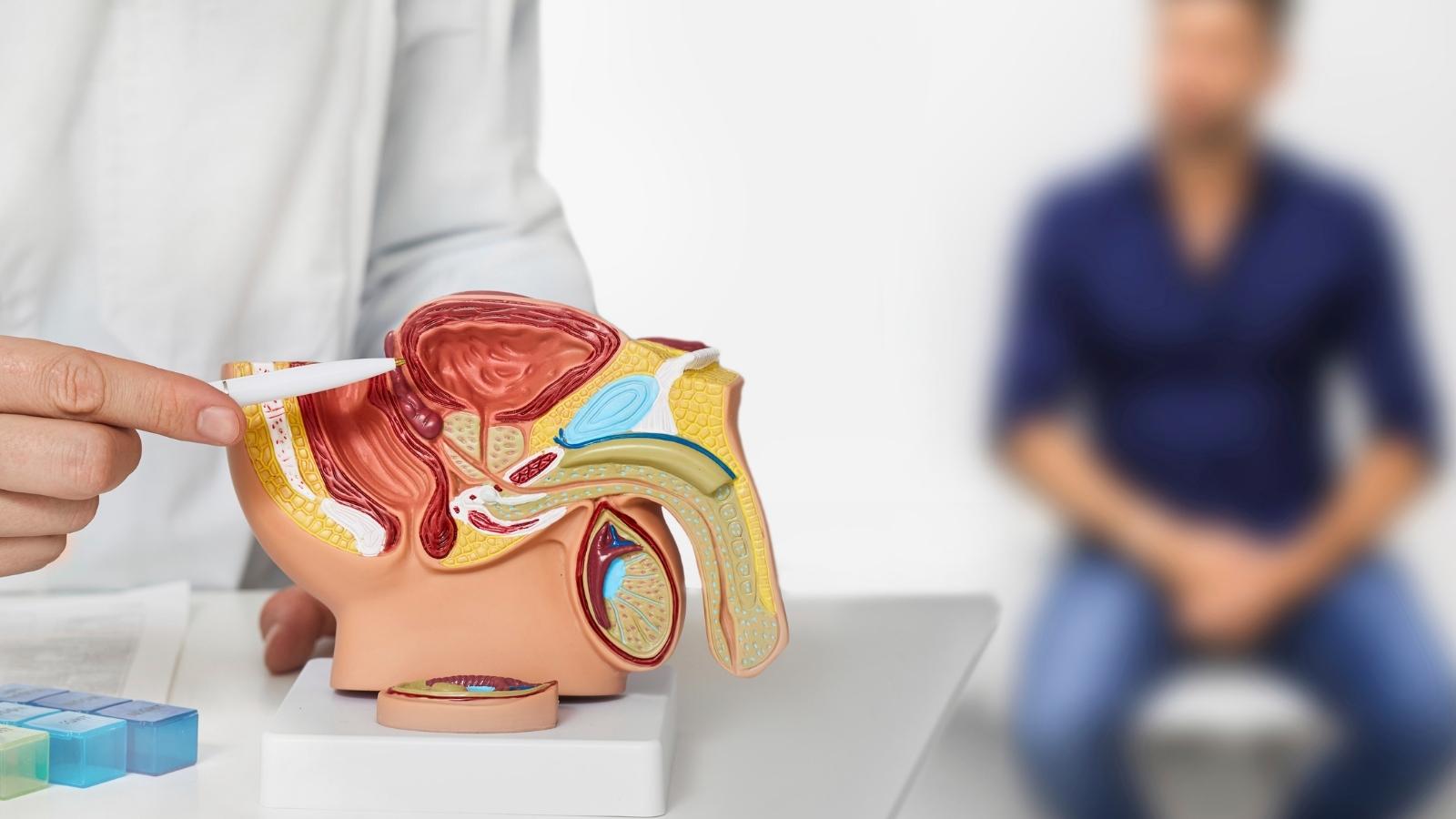
The prostate gland is an organ located between the bladder and rectum in men. Prostate diseases are often associated with cancer risk, making early diagnosis and regular check-ups crucial. Prostate MRI is a key diagnostic method used to visualize the prostate's structure, tumors, or infections. In this article, we will provide detailed information about prostate MRI and answer frequently asked questions like “How long does a prostate MRI take?” and “Is multiparametric prostate MRI performed with contrast?”
What is Multiparametric Prostate MRI?
Prostate MRI (Magnetic Resonance Imaging) is an imaging technique used to detect any abnormalities in the prostate gland. With multiparametric prostate MRI, high-resolution images are obtained, making it an unmatched method for precisely diagnosing tumors, infections, or other pathological conditions in the prostate gland.
How is Prostate MRI Performed?
A prostate MRI typically takes 30 to 45 minutes. During the procedure, the patient usually lies on their back with their legs slightly apart and knees bent upwards. This position helps to provide a clearer view of the prostate gland and surrounding tissues.
How Long Does a Prostate MRI Take?
The duration of a prostate MRI can vary depending on the number of sections to be taken and the patient’s condition. Generally, this procedure takes between 30 and 45 minutes. To obtain high-quality images, it is important that the patient remains still during the scan. If additional images are required, the procedure may take longer.
When Should a Prostate MRI Be Performed?
Prostate MRI is an important method for early diagnosis in individuals with a positive family history or those in high-risk groups, especially after the age of 40. It can also be used when PSA (Prostate-Specific Antigen) test results are elevated, or if there are concerns following a biopsy. Additionally, it can be used to plan prostate cancer treatment or monitor the progression of the disease.
Is Multiparametric Prostate MRI Performed with Contrast?
Multiparametric prostate MRI is a technique that allows for a more detailed examination of the prostate. Different parameters are used to gather information about the prostate's anatomical structure and the locations of any tumors. Contrast material (a contrast agent) is used in multiparametric prostate MRI. This substance enhances the blood vessels of the prostate, making it easier to identify suspicious areas.
Contrast agents are injected into the body through the veins, allowing for clearer details in the MRI images. These agents are generally safe for patients, and side effects are rare. However, some patients may experience allergic reactions, so it is important to inform your doctor if you have any allergies. Contrast agents are not suitable for patients with kidney failure, so blood tests are performed before the scan to determine if contrast material can be used.
Advantages of Multiparametric Prostate MRI
Multiparametric prostate MRI plays a significant role in the early diagnosis of prostate cancer and the planning of treatment. It is also very effective in determining the need for a biopsy. For patients who are not suitable candidates for multiparametric prostate MRI, Fusion Prostate Biopsy remains one of the most accurate methods for diagnosis. Similar to other advanced imaging techniques like breast MRI, multiparametric prostate MRI is an important test that enhances the sensitivity and accuracy of cancer diagnosis.